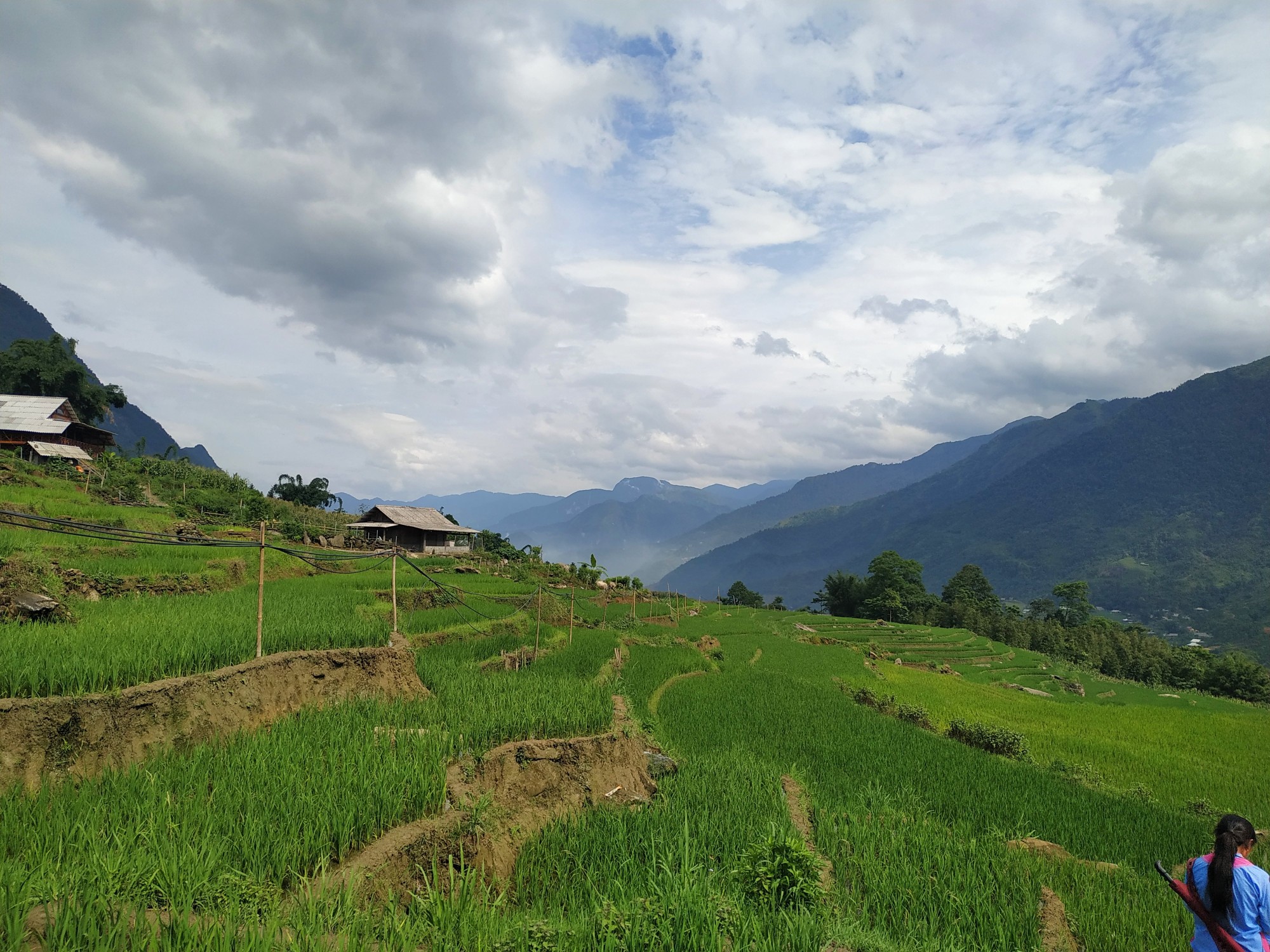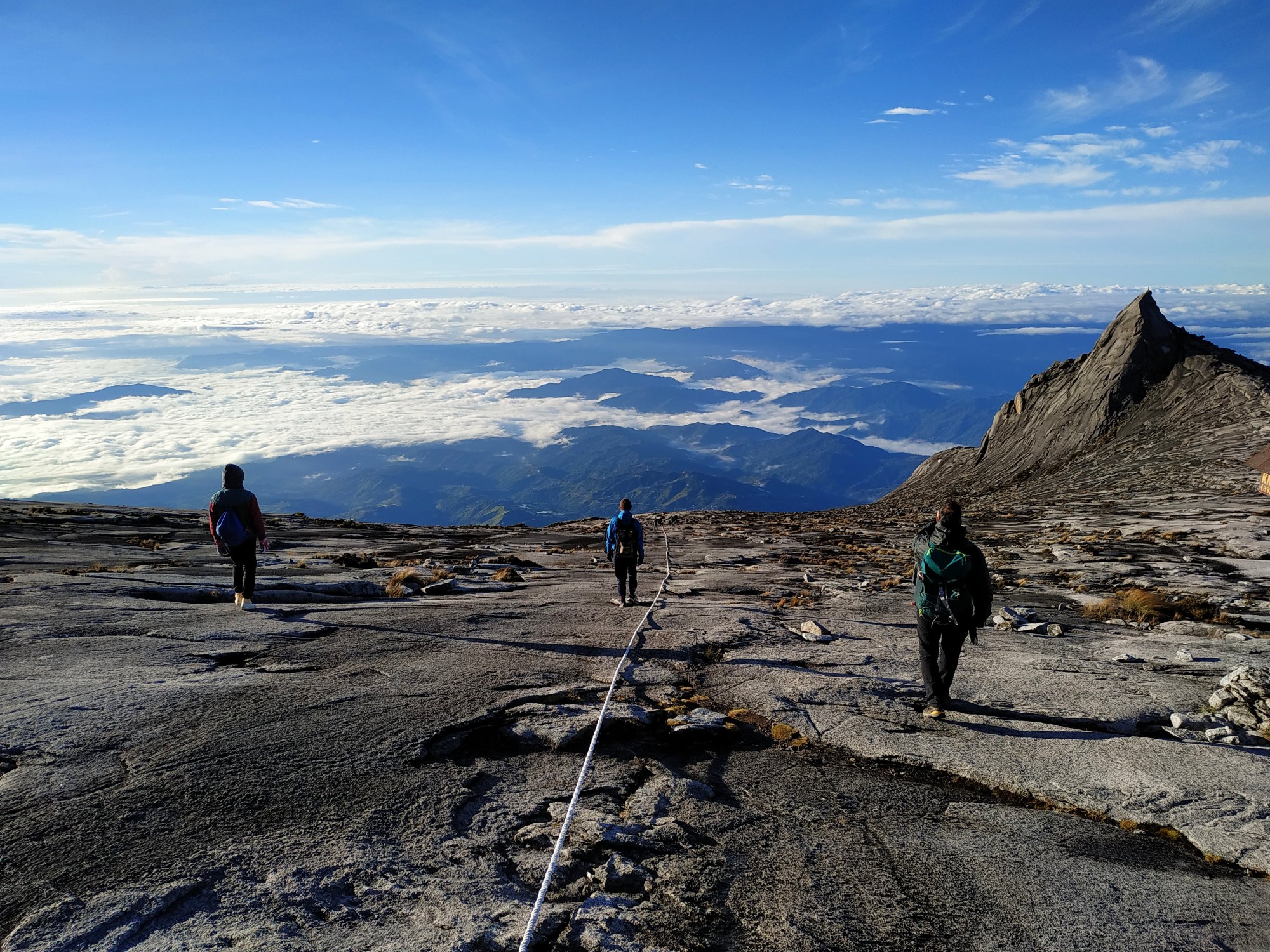My internship in Singapore
August 5, 2019
In the spring of 2019, I interned for four months at thyssenkrupp in Singapore. Working for a global industrial player gave me the chance to learn a lot about Asia’s economies and the way such giant companies function. Furthermore, establishing relationships across the region both within as well as outside the company was interesting and taught me a lot. Next to work, Singapore offers great nightlife and food, and it’s a good hub to explore other Southeast Asian countries. During my internship I climbed Mt. Kinabalu in Malaysia, explored Shanghai and swam at Bali’s clear beaches. To finish my degree in Industrial Engineering, I had to do a business internship. Because I had never been to Asia and was fascinated with the way Singapore runs its public sector as well as economy, I started searching for an internship there. For the last two years I’ve been a scholar of the Rheinstahl Stiftung which is affiliated with thyssenkrupp (tk). Through them, I was brought in contact with the tk Industrial Solutions office in Singapore. thyssenkrupp is a global industrial conglomerate and operates in more than 74 countries with more than 160,000 employees. As a kid growing up in Mülheim, in the ‘Ruhrpott’, with the industrial monuments of the past – Landschaftspark Nord, Villa Hügel, I knew tk and its history for a long time. I had other offers from companies in Singapore as well, but the international profile and tasks at tk in Singapore appealed most to me. During my internship I worked within the Cement Machine and Plant Engineering Business Unit. I had previously interned at a start-up, and working in a multinational giant was a big contrast to that. The international network and scope are vast and made work exciting and fun. Furthermore, there is usually an expert for any question you might have within the organization. The difficulty is just to find and organize this knowledge. I worked on a couple of projects – from the development of a customer service database, internal training, to the conduction of market analyses. For one project I conducted a market study for a green technology portfolio element in Vietnam. After some research and appointment scheduling, I flew to Hanoi and visited my Vietnamese sales colleague and stakeholders including government officials, clients and possible partner companies. This was a great opportunity to get some hands-on experience in an environment vastly different from Germany and it also gave me the chance to see a cement plant for the first time. During the weekend I went hiking in beautiful Sa Pa. Because Singapore is a global hub for Southeast Asia, you can find Chinese, Malay, Philippine, Indonesian, Indian food and interesting mixtures of these in Singapore. Most restaurants are located at Hawker Centers or Food Courts where they offer food for a surprising cheap price – around 2-4 Euro. Drinks in contrast are quite expensive, as the government puts a high tax on alcohol. But Wednesday is Ladies Night, where women and to an extent also men, get free drinks. Making friends in Singapore is extremely easy as Singaporeans are very open and there is a huge expat community, including other German interns. Short-term-rent is very expensive, but apartments do offer a lot of perks. My apartment complex had a big swimming pool, tennis court and a gym. Travelling across Southeast Asia offers almost every type of experience – from hiking in Sa Pa, Vietnam, swimming in Bali or partying in Jakarta. The highlight during my time was the climb with another intern from tk to the top of Mt. Kinabalu, the highest mountain in Southeast Asia. The 2-day journey up there was fascinating as the vegetation was changing every 100m. At the peak, we got rewarded with a beautiful sunrise. My internship felt like a constant overdrive – because time went by so fast and it was a lot of fun. I recommend anyone to utilize such opportunities, not just from a career perspective but also because it gives you the opportunity to experience other cultures in a way that you never can as a tourist. I want to thank the Rheinstahl Stiftung for making the contact and the whole thyssenkrupp team in Southeast Asia for their great support. I published this first on my LinkedIn account, but also wanted to have it on my own blog and therefore copied it here.Introduction
Working

Living and Traveling

Conclusion: an unforgettable time